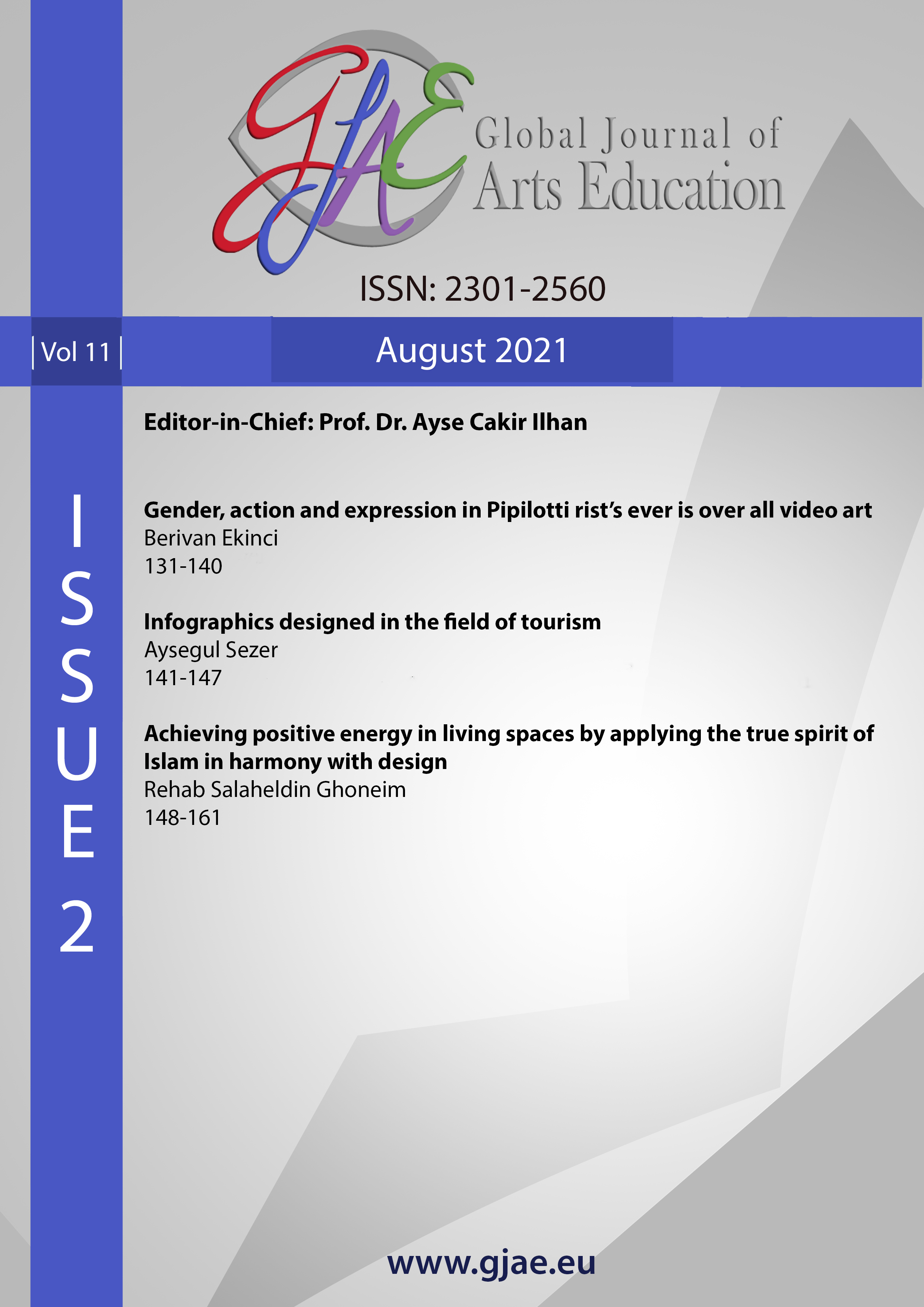Achieving positive energy in living spaces by applying the true spirit of Islam in harmony with design
Main Article Content
Abstract
How living spaces affect their occupants is an impression that runs through many cultures and groups around the globe. This paper is based on an attempt to establish a link between Islamic architecture, Chinese culture and Minimalism in terms of positive place energy. Minimalism in architecture can be summed up in Mies Van Derrohe's statement Less is More. The aim of this research was to understand how minimalism meets the spirit of asceticism in Islam such as simplicity, truth, and mysticism, under which the idea of asceticism falls, and Islamic truths such as the haqeeqa, and Taammul meditation. The research was descriptive in nature and the data for the research was drawn from previous literature, journals and from the Holy Qur’an . The research establishes the notion of universality of Islamic notions in the field of architecture and makes recommendations based on the findings of this research.
Key words: Minimalism, asceticism, truth haqeeqa, Taammul ; meditation
Downloads
Article Details

This work is licensed under a Creative Commons Attribution 4.0 International License.
Authors who publish with this journal agree to the following terms:
- Authors retain copyright and grant the journal right of first publication with the work simultaneously licensed under a Creative Commons Attribution License that allows others to share the work with an acknowledgement of the work's authorship and initial publication in this journal.
- Authors are able to enter into separate, additional contractual arrangements for the non-exclusive distribution of the journal's published version of the work (e.g., post it to an institutional repository or publish it in a book), with an acknowledgement of its initial publication in this journal.
- Authors are permitted and encouraged to post their work online (e.g., in institutional repositories or on their website) prior to and during the submission process, as it can lead to productive exchanges, as well as earlier and greater citation of published work (See The Effect of Open Access).

